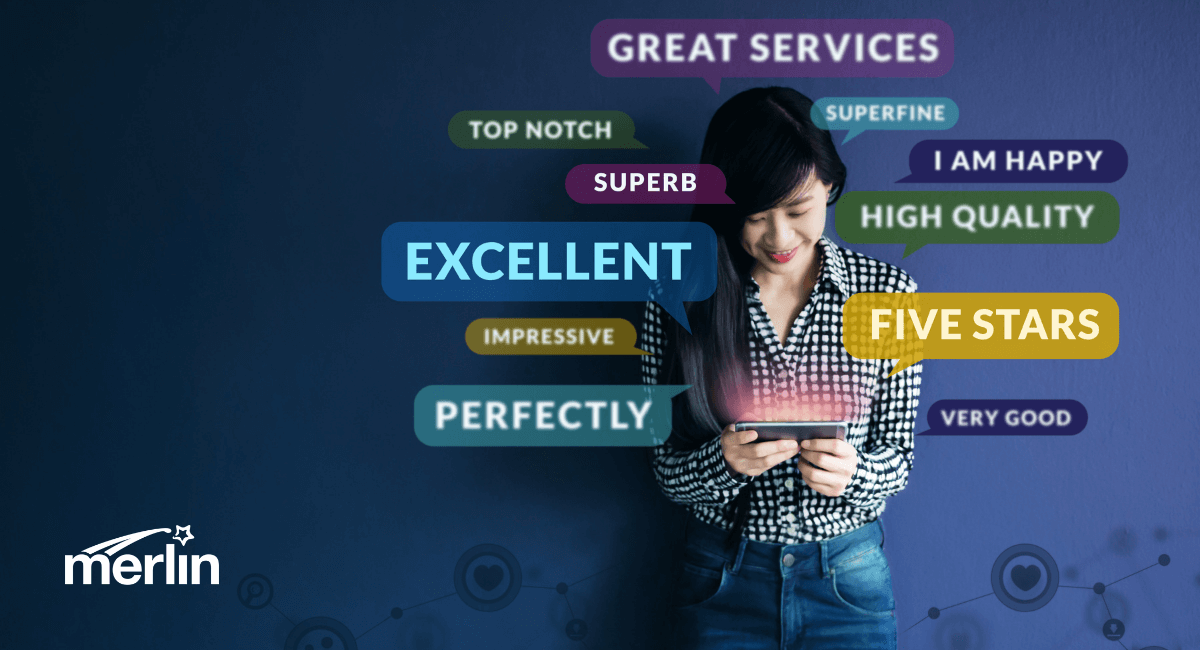
How to avoid CX strategy blunders
Since 2020, hospitality brands have modified how they connect with and engage customers. The pandemic meant they had to not only support existing customer care needs but also attract new customers. It became clear to many that a move toward developing a CX strategy was required.
Today, customer experience holds the key to the industry moving forward. Poor customer experience ruins the chance of customer loyalty and can negatively impact the brand going forward. Indeed, 54 per cent* of consumers say that most companies need to improve their customer experience.
And brands are listening. Over 45 per cent** of business professionals say that CX is their top priority for their brand in the next five years.
If you’re responsible for designing your resort’s new CX strategy and initiatives, make sure you avoid these costly mistakes. Remember, no initiative can overcome the persistent gap between your brand and your customer’s expectations. In a recent article for MarketingProfs, Dr. Debbie Qaqish and Jeff Pedowitz identified three CX strategy mistakes to avoid.
1 Customer service and customer-centricity are NOT the same
Having a conversation with your sales and marketing teams about customers is not the same as having a conversation with customers.
Talking to your clients entails more than just asking questions. It also requires two-way dialogue and genuine, spontaneous interaction with them.
Speaking with a single salesperson provides you with a microscopic view of how your company interacts and relates with clients. The aperture opens a little when you talk with the sales manager, but it’s still limited. Even vice presidents and other senior executives have a restricted perspective, based primarily on chatter within the office.
Meanwhile, the most critical component of the equation—the customers—express themselves through their choices: They’re supplying metrics that can inform strategy and tactics, whether filling out a contact form or reading an e-book.
Such data is viewed as the foundation for actionable insights by enterprise businesses. They change their daily and annual operations based on the data. This is what makes them “customer-centric.”
But, in the end, they’re just offering customer service, which is not the same as customer-centricity.
What’s the difference between the two? It’s the difference between being proactive and reactive.
Many resorts wait for the customer to do something to create a golden opportunity to “provide good service.” And they have essential “customer-centric” mechanisms in place to manage this—from a call centre that strives for quick responses to high NPS ratings to a chatbot that follows a scripted cadence.
While, of course, these mechanisms are essential, it’s not the same as a CX strategy where you build your programs, content, technology, and even your supply chain around customers and what they mean to you.
2 Focusing on transactions rather than transformation
By definition, customer service is transactional. It may save a valued transaction from a consumer, but it does little to build a long-term relationship that will turn your customers into your most ardent supporters.
After all, there is nothing to stop your competitors from copying your successful call centre plan or utilising the latest interactive chatbot tools you’ve acquired.
Consider how you do grocery shopping: You probably go to the same grocery store every week. You began purchasing there for a specific set of reasons. Maybe because of the distance to your home, or it could have been the cost.
On the other hand, what keeps you there is probably something that can’t be measured. Something more fundamental—the company’s ideals, the cleanliness of its stores, the friendliness of its employees—established a mental association with their brand.
When people you know explain why they prefer one store over another, you respond by explaining why you like the grocery you shop at. You’ve committed to the company’s brand!
That set of events, backed by distinct and fundamental characteristics, changed you from a mere customer to a brand evangelist capable of engaging other potential consumers. And considerably more successfully than any outbound campaign or piece of content.
3 Prioritising Tools and Processes Over Dedication
When a company decides to update its customer experience, one of the first things they ask is, “What now?”
The answers are usually in the shape of tools or platforms that promise improved, more efficient client interactions and information.
Technology provides data to customer-facing staff and supports intelligent, productive dialogue, so consumers don’t feel compelled to repeat themselves constantly. However, while technology helps make CX more fluid and streamlined, success comes down to having the appropriate mentality to truly serve the client.
CX is similar to any other business initiative and demands dedication and consistency. If this is not the case, employees will pivot to the next thing that senior leadership wants them to focus on.
If you want your CX strategy and initiatives to be successful, everyone in your organisation, at all levels, must sign up for them. There must be long-term planning. Most importantly, you must have a stakeholder in your company with sufficient power and authority to continue to support it even if priorities and resources alter.
When a business decides to provide authentic customer experience rather than the whims and paradigm shifts of reactive customer service, everyone must be on board – or it will fail.
*PWC (www.pwc.com)
** Superoffice (www.superoffice.com)
Source
Dr. Debbie Qaqish and Jeff Pedowitz – https://www.marketingprofs.com



